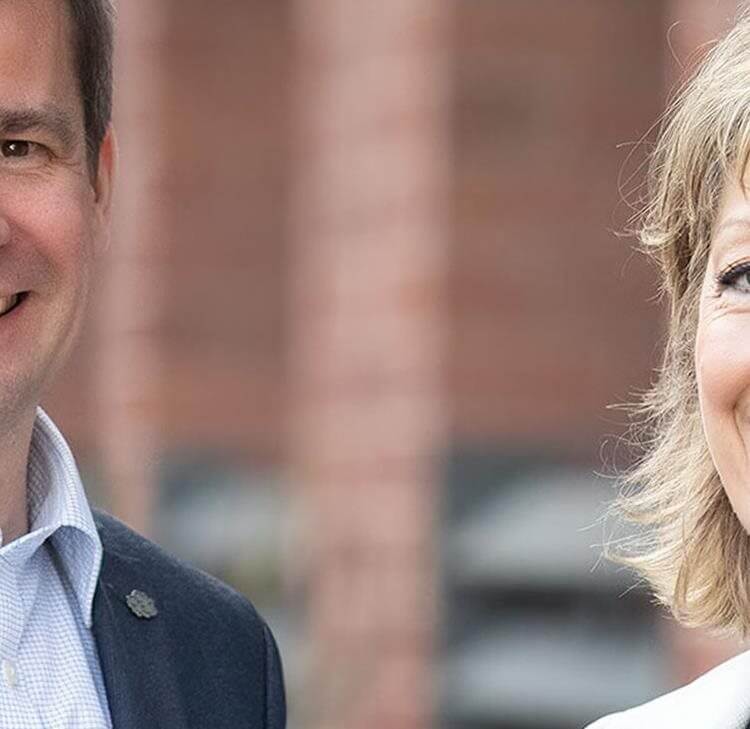Responsibilities towards students identifying as non-binary
Our top tips for supporting transgender and non-binary pupils.
An increasing number of students now identify as non-binary (neither male nor female, or gender-fluid). Anyone identifying as transgender is expressly protected from discrimination under the Equality Act 2010. However, it is not clear whether these protections extend to those identifying as non-binary.
Last year an employment tribunal case, Taylor v Jaguar Land Rover Ltd, held that persons identifying as non-binary are covered under the definition of gender reassignment in s.7 of the Act and are therefore protected from discrimination.
Although the judge in that case noted that this is a novel area of law and, as the case is not binding, it could be decided differently in higher courts, our advice for schools and colleges is to treat students identifying as non-binary in the same way that they would treat students identifying as transgender.
This means developing policy and practice which aims to eliminate discrimination and foster good relationships between those who identify as non-binary/transgender and those who do not. This will involve thinking about issues such as uniform, toilets and changing facilities, sporting events, use of names and pronouns, records and data sharing, as well as ensuring staff are appropriately trained in supporting students with these matters.
Here are our top tips for supporting transgender and non-binary pupils:
- Take time to consider how to support transgender or non-binary pupils – there is no duty to design and implement an immediate action plan. Engage with the pupil. Work with them, their parents and other agencies to ensure they are fully supported.
- Remember your data protection obligations – ensure that you follow your data protection policy when managing disclosures or sharing information with others. Ensure staff training on data protection and equalities law is up to date and role appropriate.
- Is it time for a uniform shake-up? A uniform policy should permit differentiation based on the individual needs of some pupils. Consider if it’s time to add the prospect of a gender-neutral uniform to the agenda.
- Audit your changing/toilet facilities – is there enough privacy for pupils? Do you have unisex facilities? Are there any improvements you could make? Review your building improvement plans.
- Do not automatically treat pupils who identify as transgender or non-binary as a safeguarding issue – being transgender or non-binary in itself is not a safeguarding issue; it is a pastoral care issue. Be careful not to blindly follow the safeguarding route unless thresholds are met.
- Think about your curriculum policy - ensure pupils are taught about transgender and non-binary issues in an age-appropriate way. Engage and consult parents on any changes you are looking to make to the curriculum. As part of this, review current practices and reduce segregation of the sexes wherever possible e.g. in sports, class seating arrangements etc.
- Read up on the subject – a growing number of agencies and charities who support children and young people have produced useful resources that can be readily accessed to improve understanding.
Contact

Hayley O'Sullivan
Principal Associate
hayley.o'sullivan@brownejacobson.com
+44 (0)121 237 3994








































